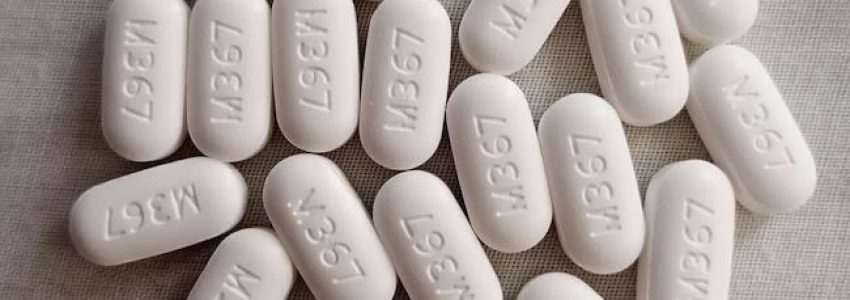How long does Norco stay in your system depends on various factors, including the dosage, frequency of use, and individual metabolism. Norco, a prescription medication combining hydrocodone and acetaminophen, is commonly used to manage moderate to severe pain. Hydrocodone, the opioid component, is the primary focus in drug testing due to its potential for misuse and longer detection times. Understanding Norco’s metabolism and detection windows is essential for therapeutic monitoring and drug testing.
How Long Does Norco Stay in Urine?
Urine tests are the most frequently used method for detecting Norco. Hydrocodone can typically be detected in urine for 2 to 4 days after the last dose. However, chronic use or higher doses can extend the detection window up to 7 days. According to a study published in the Journal of Analytical Toxicology, hydrocodone metabolites, such as norhydrocodone, can remain detectable longer in individuals with slower metabolism or compromised kidney function.
How Long Does Norco Stay in Blood?
Blood tests provide a shorter detection window for Norco, as hydrocodone is typically detectable in the bloodstream for up to 24 hours after the last dose. This method is primarily used in emergency settings or legal investigations to confirm recent use. Research from the National Library of Medicine highlights that blood testing is highly accurate but limited to recent consumption.
How Long Does Norco Stay in Saliva?
Saliva tests can detect Norco shortly after consumption, with a detection window of up to 36 hours. This non-invasive method is commonly used in workplace or roadside screenings. Factors such as hydration and oral hygiene may affect the accuracy of saliva tests. According to a report from the National Institute on Drug Abuse (NIDA), saliva testing provides reliable results for detecting recent opioid use, including Norco.
How Long Does Norco Stay in Hair?
Hair follicle testing offers the longest detection window for Norco. Traces of hydrocodone can remain detectable in hair samples for up to 90 days after the last dose. This method is typically used to assess long-term or chronic opioid use. Research published in the Journal of Forensic Sciences notes that hair testing is a valuable tool for identifying patterns of opioid use, although it is less commonly employed due to its cost and time requirements.
Norco Half-Life and Metabolism
The half-life of hydrocodone, the opioid component of Norco, is approximately 3.8 hours in most individuals. This means it takes roughly 4 hours for half of the drug to be eliminated from the bloodstream. However, complete elimination typically requires 5 to 6 half-lives, equating to 20 to 24 hours. According to Dr. Nora Volkow, Director of the National Institute on Drug Abuse (NIDA), factors such as liver function, age, and concurrent medication use can significantly influence how quickly Norco is metabolized and eliminated.
Factors Influencing Norco Detection Times
Several factors impact how long Norco remains detectable in your system:
- Dosage: Higher doses result in longer detection times due to increased metabolite accumulation.
- Frequency of Use: Chronic use leads to accumulation in fatty tissues, extending detection windows.
- Metabolism: Faster metabolic rates clear hydrocodone more quickly, while slower rates prolong detection times.
- Age: Older individuals may process Norco more slowly than younger individuals.
- Health of Liver and Kidneys: Impaired liver or kidney function can slow the metabolism and excretion of hydrocodone.
- Concurrent Medications: Certain drugs may interact with Norco, affecting its metabolism and elimination.
Side Effects and Risks of Norco
In addition to its pain-relieving properties, Norco can cause side effects such as drowsiness, dizziness, and constipation. Long-term use increases the risk of tolerance, dependence, and addiction. According to the Centers for Disease Control and Prevention (CDC), hydrocodone is among the most commonly misused prescription opioids in the United States, contributing to the opioid epidemic.
How to Support Norco Elimination
The body naturally metabolizes and eliminates Norco over time, and no proven methods can significantly accelerate this process. Maintaining overall health can support efficient metabolism:
- Hydration: Drinking water aids the kidneys in eliminating metabolites.
- A Balanced Diet: Consuming nutrient-rich foods supports liver function during metabolism.
- Avoiding Further Use: Abstinence allows the body sufficient time to clear Norco.
Unverified methods or detox products claiming to speed up Norco elimination are not scientifically supported and may pose health risks. If you have concerns about Norco use, consulting a healthcare professional is the safest approach.
Help for Norco Addiction
For those struggling with Norco dependency, professional treatment can provide the support needed for recovery. Still Detox in Boca Raton, Florida, offers comprehensive detox programs tailored to individual needs. Our services include medically supervised detox, therapy, and aftercare planning to ensure long-term success. Call us at (561) 556-2677 to start your journey to recovery.







